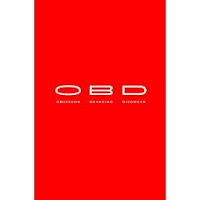 Mervyn's, Bennigan's, Sharper Image All Dialed Back on Ads to No Avail
Mervyn's, Bennigan's, Sharper Image All Dialed Back on Ads to No Avail
In the really tough times, it's almost instinctual for a company to dial back on marketing, but there's a growing body of evidence -- and bankruptcy filings -- to suggest that cutting ad dollars can be the ultimate false economy.
Last week, department-store chain Mervyn's and S&A Restaurant Corp., which owns Bennigan's, Steak & Ale and Tavern restaurants, became the latest to file for bankruptcy. Both Mervyn's and Bennigan's dramatically cut marketing spending in the past 12 months.
According to TNS Media Intelligence, Mervyn's measured media spending plunged about 25% to $76 million in 2007. On a smaller scale, Bennigan's cut spending 75% in 2007, to $347,000. Another recent bankruptcy victim, Sharper Image, slashed its budget 82% in the two years before it filed for bankruptcy in February. Baker's Square restaurants cut spending 19% in 2007 and filed for bankruptcy in May.
Of course, it's not strictly a cause-and-effect relationship. "Obviously there are a lot of factors at play," said Kevin Keller, professor of marketing at Dartmouth. "But the pattern is there. It's not like they were investing a lot in advertising and failed."
***Note a previous post on the importance of advertising during an economic downturn!

























